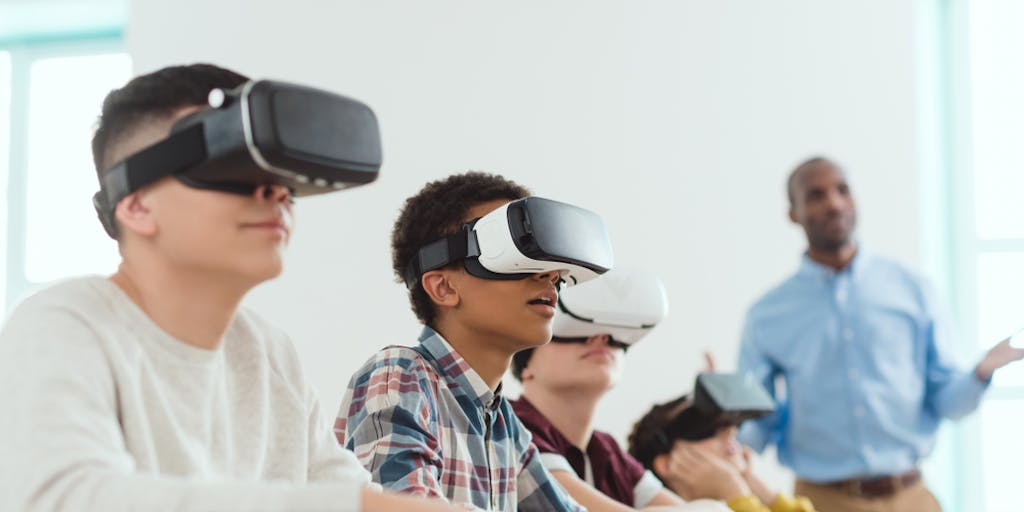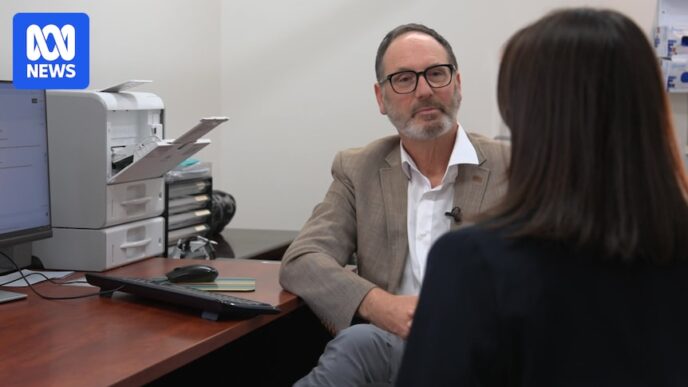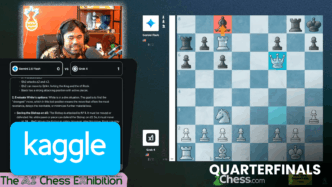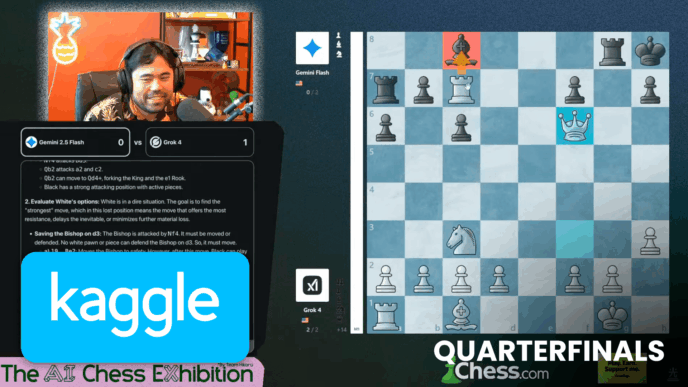A history teacher is pushing back against the idea that AI is just cheating in schools. Instead, they’re telling students to use tools like ChatGPT to point them toward reliable sources — not do the work for them.
The teacher noticed students were shocked when told AI could help research. One student asked, “Is this a trick?” The reaction shows how education and media have framed AI as a classroom villain. Headlines scream AI equals cheating, making students doubt its legit uses.
That’s not the whole story. The teacher compares AI to calculators from the ’90s — once feared as a crutch, now embraced to teach deeper math understanding. Could AI reshape learning the same way?
They use Star Trek’s ship computer as a model. The AI gives data and advice, but the captain and crew still decide. The teacher tells students AI is a “really smart child” that can give wrong info and learns over time. Students need to verify AI’s output and think critically.
“Use ChatGPT or other AI services to find sources.”
“Would you let a small child write your report for you?”
Teachers must clarify when AI helps vs. when it crosses into cheating. The goal: students write in their own words after using AI outlines or summaries.
The teacher admits to using AI for their own workload — from text checks to emails — proving it can boost efficiency without dumbing down teaching.
“The future is not set. There is no fate but what we make for ourselves” — John Connor
The takeaway: AI in education isn’t doomed to be a cheat cheat. It’s up to educators to set rules, teach critical use, and flip the script on AI as a learning partner, not an enemy. If they fail, AI stays the classroom villain. If they succeed, it could be the next calculator moment.














